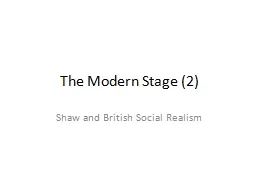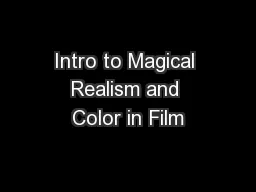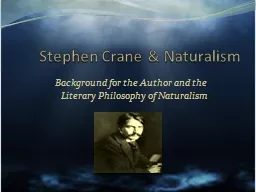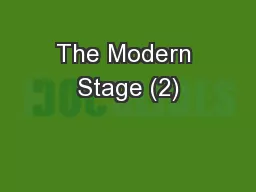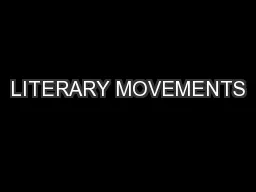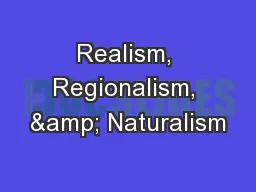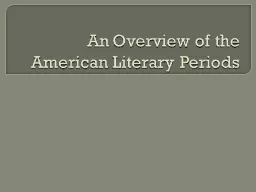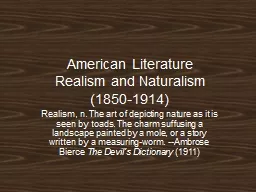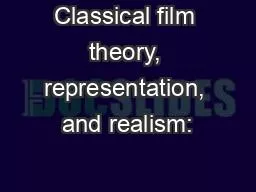PPT-Realism and Naturalism A look at American Styles &
Author : cheryl-pisano | Published Date : 2018-10-30
John Steinbeck American Realism 18601890 Realism tries hard as its name suggests to present the world as it really is the way for instance a photograph might capture
Presentation Embed Code
Download Presentation
Download Presentation The PPT/PDF document "Realism and Naturalism A look at America..." is the property of its rightful owner. Permission is granted to download and print the materials on this website for personal, non-commercial use only, and to display it on your personal computer provided you do not modify the materials and that you retain all copyright notices contained in the materials. By downloading content from our website, you accept the terms of this agreement.
Realism and Naturalism A look at American Styles &: Transcript
Download Rules Of Document
"Realism and Naturalism A look at American Styles &"The content belongs to its owner. You may download and print it for personal use, without modification, and keep all copyright notices. By downloading, you agree to these terms.
Related Documents


